TIFFANY&Co.ティファニー バンブーリング 指輪 シルバー925 13号
(税込) 送料込み
商品の説明
材質···シルバー
号数···13号
vintageショップで以前購入し、使用頻度が少なくなってきたため出品いたします。
3枚目以降に号数の詳細や着画があるのでご確認ください。加えて、コメ兵に出品されている商品と同じものですので参考程度にこちらもご確認ください。
使用感:通常使用による細かな使用感はありますが、これからも長くご愛用いただけるお品です。
付属品:なし
クリーニング済み商品の情報
| カテゴリー | ファッション > レディース > アクセサリー |
|---|---|
| ブランド | ティファニー |
| 商品の状態 | 目立った傷や汚れなし |
TIFFANY&Co.ティファニーバンブーリング約13号-

TIFFANY&Co. ティファニー バンブー リング ヴィンテージ 13号程度 指輪 シルバー

楽天市場】○【中古】 ティファニー リング・指輪 バンブー シルバー

TIFFANY&Co.ティファニー バンブーリング 指輪 シルバー925 13号

TIFFANY&Co.ティファニー バンブーリング 指輪 シルバー925 13号

◇TIFFANY&Co. ティファニー バンブー ヴィンテージ シルバーリング
ティファニー バンブー リング 指輪/Sv925-6.3g/13号/#53/シルバー/TIFFANY & Co. 翌日配送可/h201201/370493 : rica5618l : リファスタ・Yahoo!ショッピング店 - 通販 - Yahoo!ショッピング

TIFFANY&Co.ティファニー バンブーリング 指輪 シルバー925 13号

13号】Tiffany バンブー リング【箱・保存袋付き】-

シルバーティファニー バンブー リング シルバー - リング

楽天市場】○【中古】 ティファニー リング・指輪 バンブー シルバー

TIFFANY&Co.ティファニー バンブーリング 指輪 シルバー925 13号

日本買付 美品 ティファニー バンブーリング 13号 | chanelal.com

シルバー 925 指輪 リング バンブー Tiffany mexico ボーン - アクセサリー

2024年最新】ティファニー バンブーリング 13の人気アイテム - メルカリ

新しい到着 リング 美品 750 TIFFANY&Co. ティファニー バンブーリング

TIFFANY ティファニー バンブー リング 12号 廃盤 竹 - リング
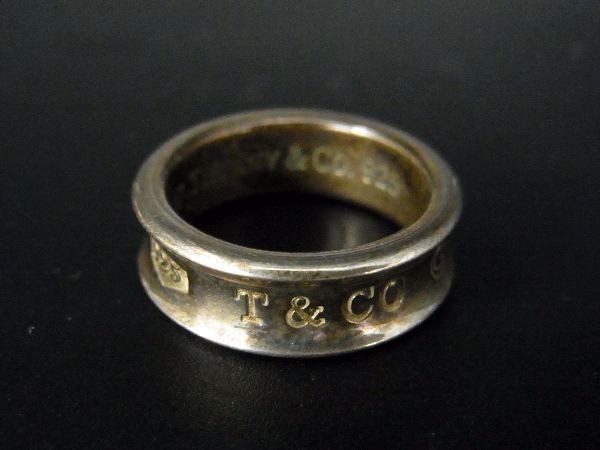
超格安一点 TIFFANY&Co AS4200 シルバー系 レディース 約13号

1円スタート】TIFFANY&Co. ティファニー バンブーリング 1996年 13号
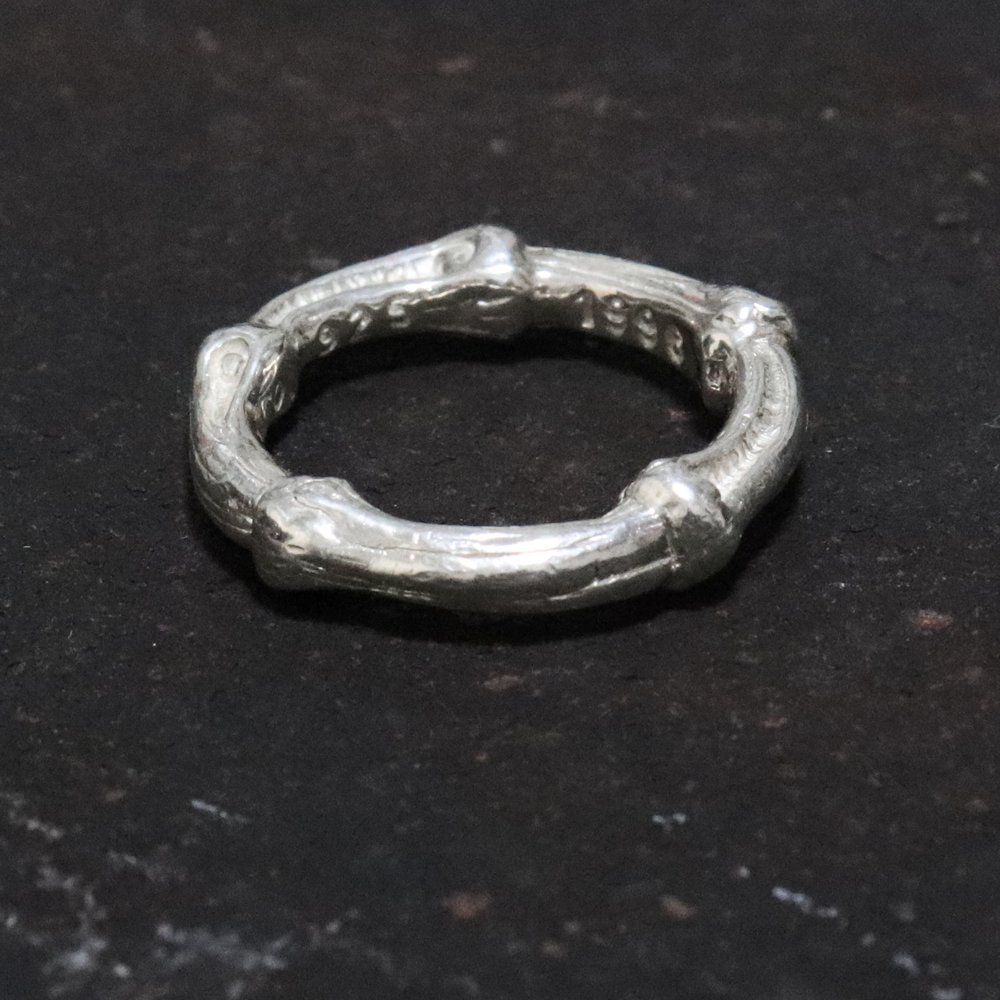
シルバーティファニー バンブー リング シルバー - リング
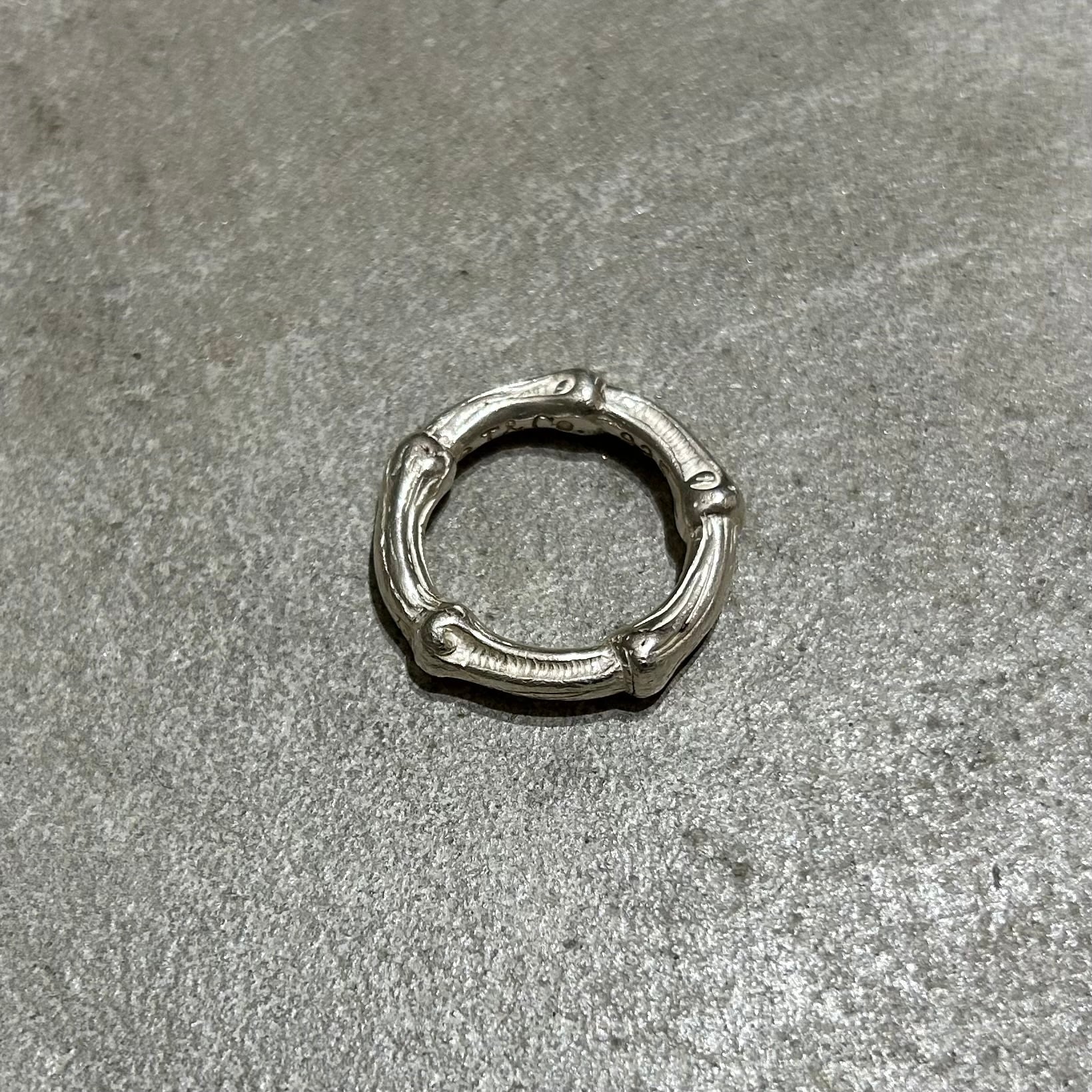
ティファニー バンブーリング - アクセサリー

Tiffany & Co. ティファニー 指輪 リング 約13号リング(指輪) - リング

シルバー 925 指輪 リング バンブー Tiffany mexico ボーン - アクセサリー

中古B/標準】TIFFANY&Co. ティファニー バンブー シルバー925

TIFFANY ティファニー バンブー リング 12号 廃盤 竹 - リング

バンブー リング 指輪 - アクセサリー

13号】Tiffany バンブー リング【箱・保存袋付き】-

送料店舗負担 【TIFFANY&Co.】ティファニー ハート リボン
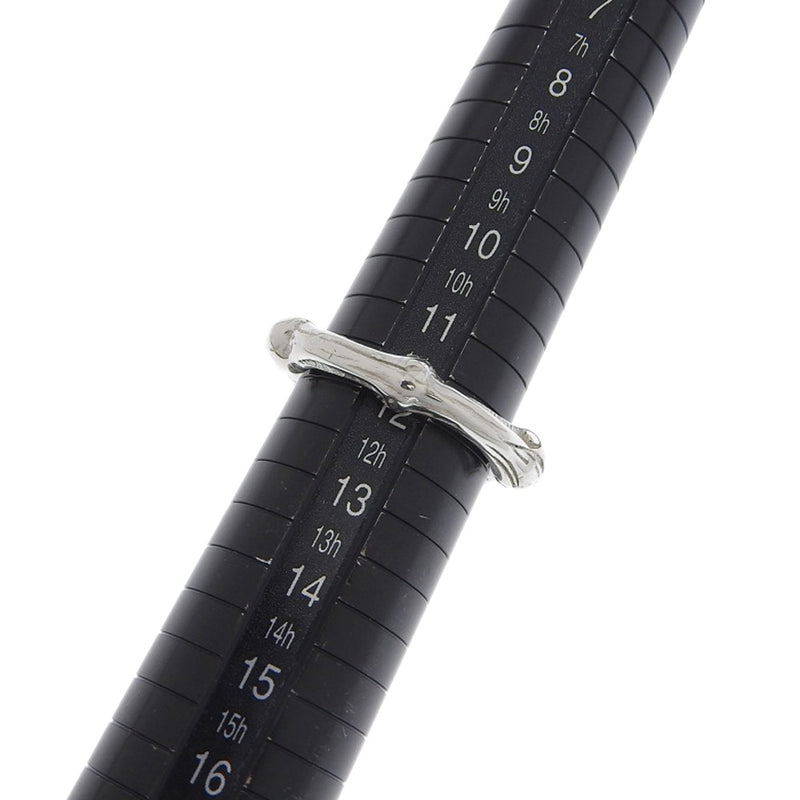
TIFFANY&Co.】ティファニー バンブー シルバー925 12号 レディース

TIFFANY&Co. ●バンブー リング 13号 ヴィンテージ●ティファニー | フリマアプリ ラクマ
9号 ティファニー TIFFANY&Co. リング・指輪 シルバー925 アクセサリー

バンブー リング 指輪 - アクセサリー

一番人気】 【ラッピング可】ティファニー TIFFANY&Co. バンブー

楽天市場】○【中古】 ティファニー リング・指輪 バンブー シルバー

良品】Tiffany ティファニー ナロー リング シルバー925 8号-

TIFFANY&Co. ティファニー シルバー925 バンブーリング リング・指輪
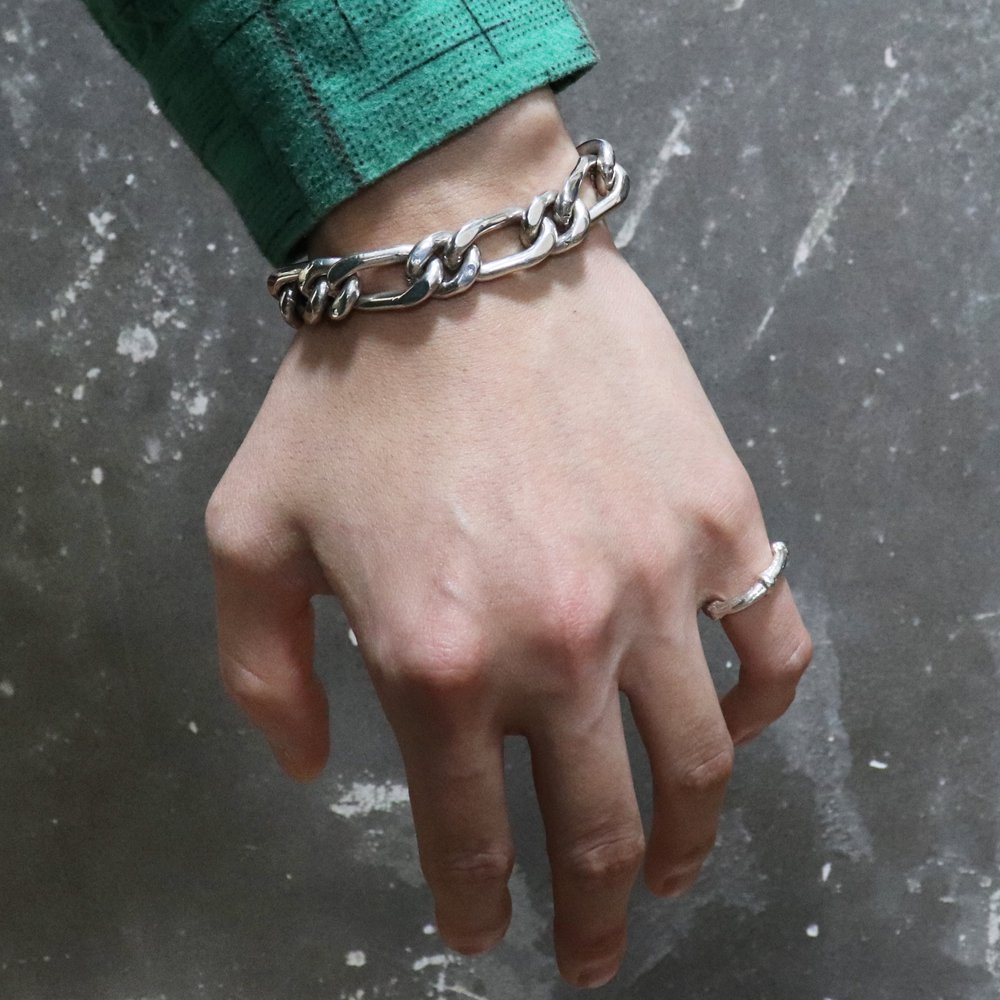
シルバーティファニー バンブー リング シルバー - リング

TIFFANY&Co.*バンブーリングAg925 10号*. ティファニー 売り手 リング
13号】Tiffany バンブー リング【箱・保存袋付き】-

TIFFANY ティファニー バンブー リング-







商品の情報
メルカリ安心への取り組み
お金は事務局に支払われ、評価後に振り込まれます
出品者
スピード発送
この出品者は平均24時間以内に発送しています














